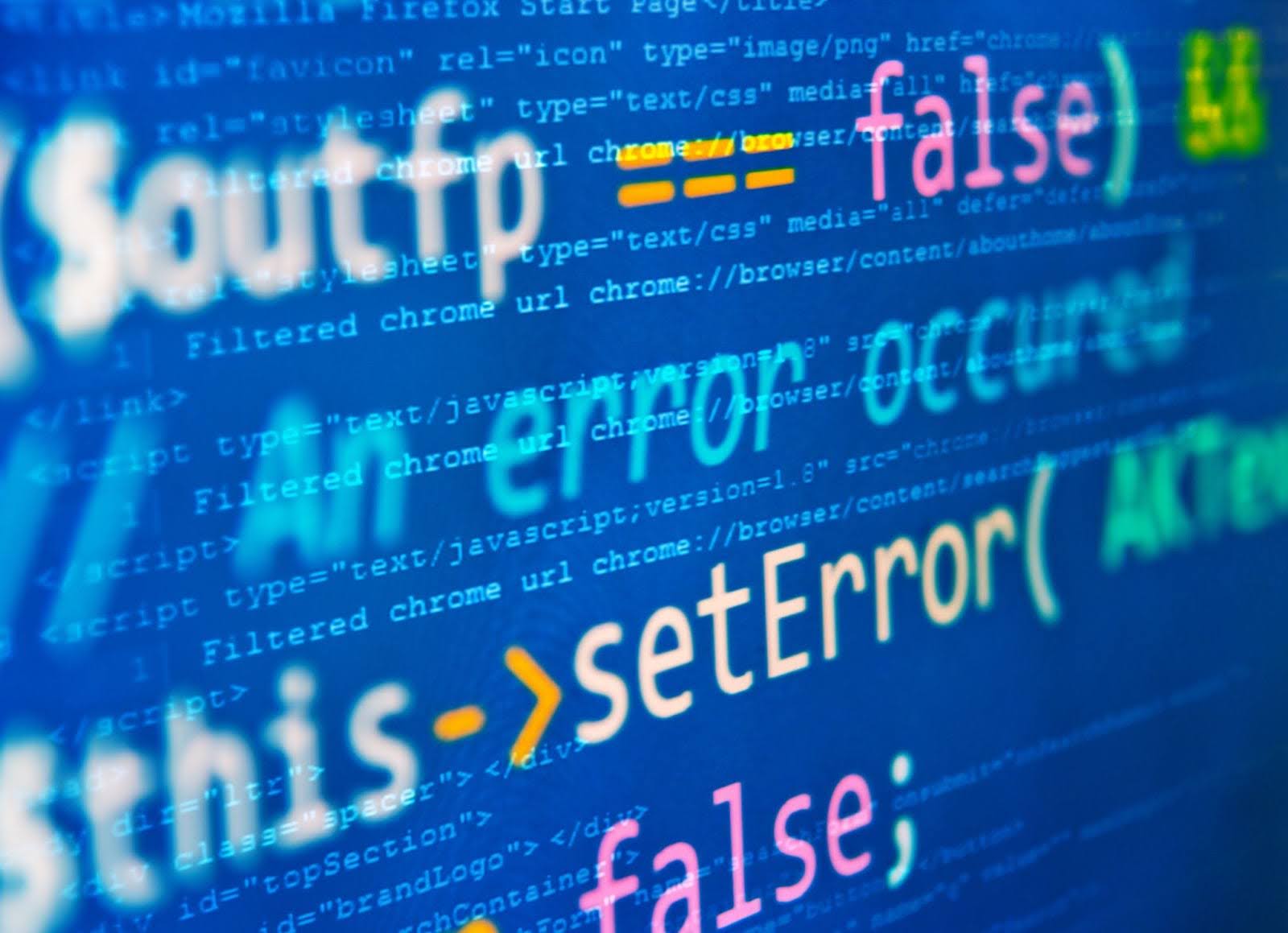
Code complexity measures how difficult it is to understand, modify, and maintain software code. In simple terms, it reflects how complex and convoluted the code is. High code complexity can make software difficult to maintain, leading to higher costs, longer development times, and the possibility of software bugs and vulnerabilities.
Code complexity is often measured using various metrics, including the number of lines of code, the number of methods or functions, and the number of control structures for example loops, conditionals, and nested statements. These metrics can help developers assess the complexity of their code and identify areas that may need refactoring or optimization.
One factor contributing to code complexity is using design patterns and established solutions to common programming problems. While design patterns can make code more reusable and easier to understand, they can also increase code complexity if not used correctly. For example, a programmer may use a design pattern when it is unnecessary or may overcomplicate the code.
Another factor that can contribute to code complexity is the use of third-party libraries and frameworks. While these tools can speed up development and provide pre-built solutions, they can also introduce additional complexity and dependencies. Changes to the third-party library or framework can also lead to unexpected bugs or incompatibilities.
Code complexity is also affected by the coding style and practices of the development team. A consistent coding style can make code easier to read and understand, while inconsistent coding practices can make code more difficult to maintain. Code reviews and automated testing can help identify inconsistencies and ensure that code meets established standards.
To manage code complexity, developers can use various techniques, including modularization, abstraction, and refactoring. Modularization involves breaking code into smaller, more manageable pieces, while abstraction involves hiding unnecessary details to simplify code. Refactoring involves changing code to improve its structure and maintainability without changing its functionality.
In conclusion, code complexity is a critical factor in software development, affecting software quality, maintainability, and longevity. By measuring and managing code complexity, developers can reduce costs, improve software quality, and provide a better user experience.
Developer Analytics
By using Developer Analytics, organisations are able to get a clear indication of the levels of code complexity across their codebase. By measuring complexity and reviewing on a regular basis, businesses are able to ensure that their codebase remains well-structured and maintainable.
Additional reading recommendations:
- Clean Code: A Handbook of Agile Software Craftsmanship by Robert C. Martin – This book provides practical advice on writing clean, maintainable code and reducing complexity.
- Refactoring: Improving the Design of Existing Code by Martin Fowler – This book provides guidance on improving the design of existing code through refactoring techniques.
- Code Complete: A Practical Handbook of Software Construction by Steve McConnell – This book provides guidance on software construction, including managing complexity and writing maintainable code.
- The Pragmatic Programmer: From Journeyman to Master by Andrew Hunt and David Thomas – This book provides practical advice on software development, including managing complexity, improving code quality, and building maintainable software.
- The Art of Computer Programming, Volumes 1-4, A Boxed Set by Donald E. Knuth – This book provides an in-depth treatment of algorithms and data structures, including techniques for managing complexity and improving software performance.
Related articles...

Article
Inside the $55 Billion Breach Puzzle: What Data Breaches Really Cost Enterprises
When thinking about the financial impact of cybersecurity breaches, the…
Read More
Article
How Software Quality Metrics Boost Team Performance
Measuring software delivery speed has become second nature for many…
Read More
Article
The Real Price of Technical Debt
For understandable reasons, businesses often prioritise speed over software quality….
Read More
Bringing objectivity to your decisions
Giving teams visibility, managers are enabled to increase the velocity of development teams without risking code quality.
out of 10 of the worlds biggest banks
of the S&P Top 50 Companies
of the Fortune 50 Companies